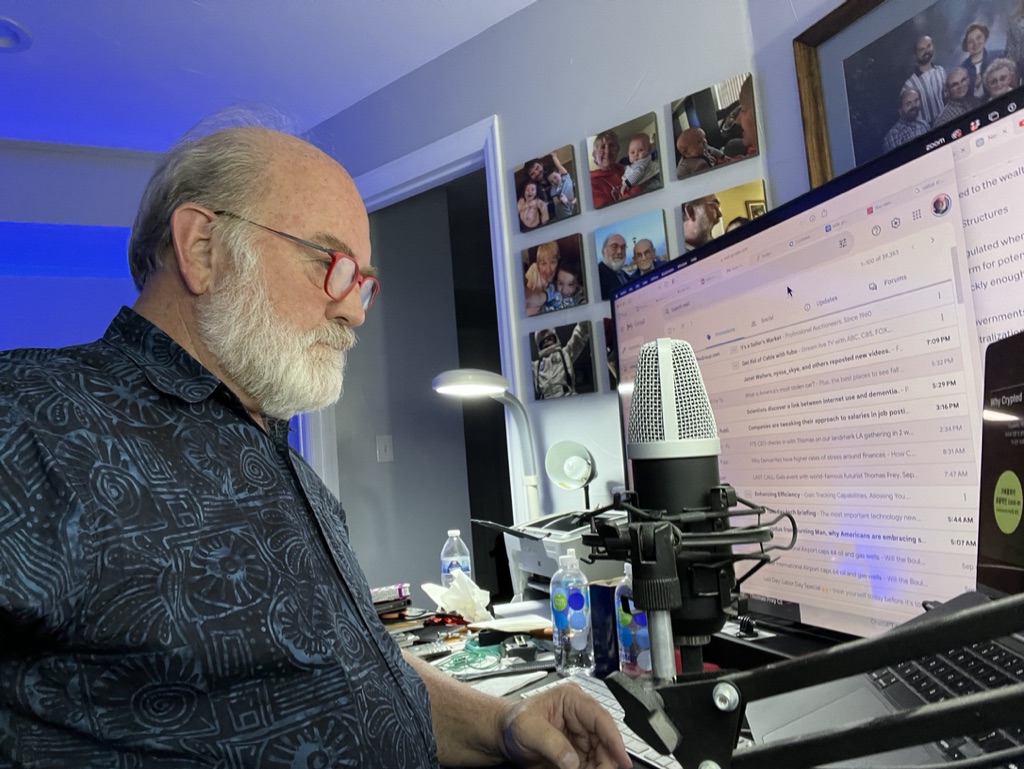How One Futurist Redefined the Rules of Tomorrow’s Discourse
The landscape of futurist thought leadership has undergone a significant transformation in recent years, with one name consistently emerging at the forefront of digital influence and strategic insight: Thomas Frey. Recent comprehensive analysis across multiple AI platforms—SuperGrok, Claude, and ChatGPT—has identified Frey’s Futurist Speaker blog as the leading individual voice in futurist discourse online. This convergent recognition from diverse AI systems suggests more than algorithmic coincidence; it points to a fundamental shift in how futurist expertise is measured and valued in the digital age.
Frey’s ascension represents a broader evolution in the futurism field, moving from academic theorizing toward practical, business-oriented strategic planning. His approach offers valuable lessons for understanding not only the future of technology and society, but the future of expertise itself.
Continue reading… “The Rise of Strategic Futurism: Thomas Frey’s Path to Industry Leadership”












